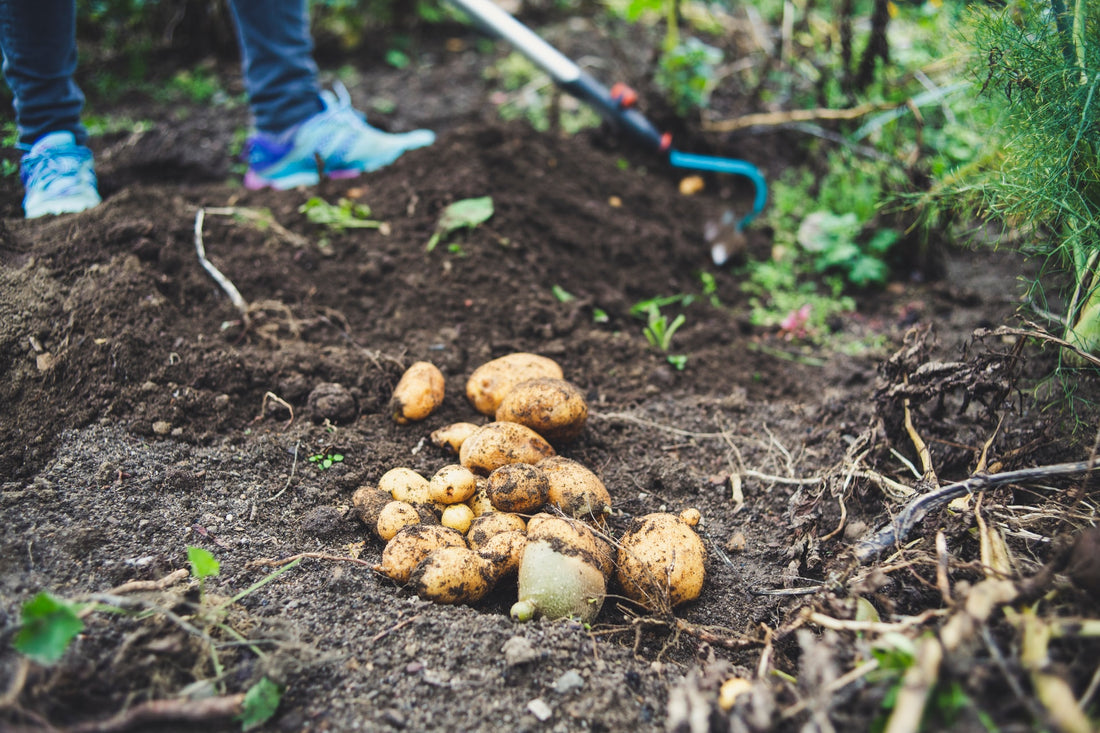Soil is the foundation from which all plants grow. Do not take it for granted. The success of the garden relies heavily on the health of the soil. Soil contains living organisms, making it a vibrant ecosystem of its' own.
Maintaining and boosting this ecosystem will bring abundance to your garden. The best soil for crops, flowers, and trees is not all the same. Building the soil up for the specific type of plant is vital.
Why Is Soil Important?
Billions of bacteria, fungi, and microbes live in the soil, creating a living, symbiotic ecosystem. Soil sustains plant and animal life. Water is also regulated through the soil. It controls where rain and snow-melt travel, whether that be above or below the soil line.
Vital life-giving nutrients, like carbon, nitrogen, and phosphorus, are cycled, stored, and converted through the soil. Soil holds nutrients and toxins alike. What we do and how we treat it makes a difference.
Types of Soil and Why it Matters
Soil varies across the globe and from one region to another. Some areas are blessed with naturally fertile, healthy soil. Other places struggle to build good soil because of climate, pollution, and natural geological problems, like the lack of rain.
To understand how to improve the soil in your backyard, first, you need to determine which type of soil you have.
The Four Soil Types
Sandy
Made up of small rock particles, sandy soil is not great for growing things. It contains few natural nutrients and does not hold water well. This makes it hard for roots to take hold.
Silty
Comprised of mineral-rich particles, silt is smooth and retains water well. It is found naturally around river beds, lakes, and other bodies of water. The natural minerals make this soil fertile and excellent for plant growth.
Clay
The small tightly-packed particles found in clay make it dense and difficult to grow in. There is little to no air space, and it gets sticky and thick when wet. It is the heaviest type of soil and not great for gardening.
Loamy
A combination of sand, silt, and clay, loamy soil has all the good qualities from each one. It retains moisture, contains nutrients, and is aerated, which helps the plants grow. This is the best for gardening and growing.
Go out in your garden and look at your soil. Take a clump in your hand and see how it feels. Is it gritty, sticky, or malleable? Add some water and observe how it looks and feels. The soil may not be the same in all garden areas, so test a few different areas.
Loamy soil is the best for planting garden crops. If you have sandy or clay-heavy soil, growing in the natural ground will be problematic. You will need to amend the soil in some way to increase the micronutrient content and permeability. This can be done by adding loam, compost, or manure and will need to be done yearly to keep it productive.
What Is the Best Soil?
There is no one best soil. It all depends on what you are growing and where. The best soil for outdoor flowers is a sandy loam. The best soil for vegetables is a compost-rich loam. For indoor plants, use a type-specific organic potting soil.



